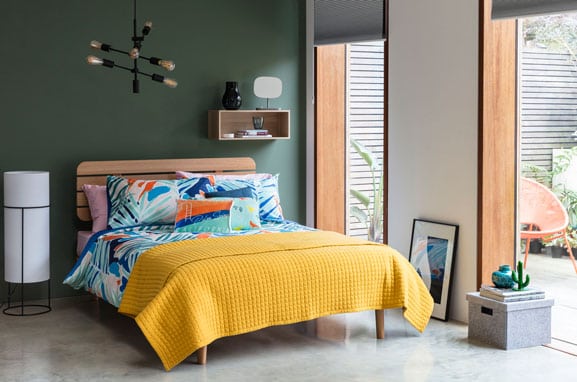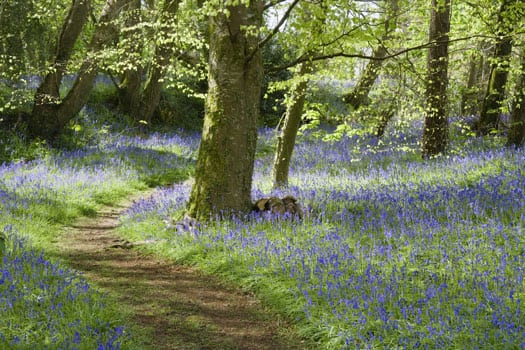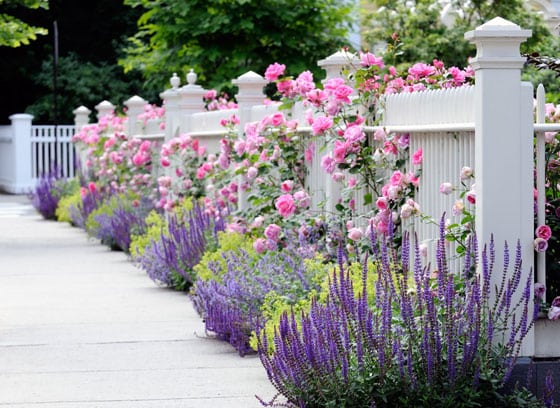
If you’re longing for sunny days but the weather’s not cooperating, you could change the climate indoors by embracing a sunshine colour palette.
Adding splashes of yellow to your decor with a lick of paint, a feature wall in a zingy paper or some vibrant accessories, will give it an instant lift.
Pick a shade you like, whether it’s canary, daffodil, buttery or a mellow golden hue, and then sit back and bask in the glow (no sun protection required).
1. Turn the tables on the weather
Yellow’s sunny properties make it ideal for a kitchen or dining room. Lift the spirits with a bright tablecloth or, if you’re up for some spring DIY, paint kitchen chairs in a bright yellow shade, or add a citrussy splash back.
2. Colour up with yellow
If you’re nervous of yellow (for some people, it can fall into the Marmite category) simply add pops of the colour in accessories, from tableware to lights.
3. Wake up a window
Guarantee a sunny outlook by dressing a window with bright yellow shutters, a blind or curtains. This colour is the ultimate mood booster – with a mellow undertone, it’s cheerful without being too in-your-face, or in its boldest form, it gives rooms confidence and freshness.
4. Sit in the sunshine
No need to wait for summer blooms – take a shortcut with Joules’ Cambridge collection from DFS. Teamed together, yellow and neutral tones are in natural harmony. Calming greys or whites tone down the strength of yellow and, in return, the uplifting, sunny shade gives a scheme a personality and strength. Keep an eye out for DFS’s funky Tide sofa, in yellow velvet graffiti, too – available early June.
5. Warm up the walls
If you’ve fallen in love with a yellow palette, create a feature wall with a patterned wallpaper. Alternatively, use the shade for paintwork – doors, windows and skirting – this is particularly effective when contrasted with a dark shade for walls, and will really make a scheme sing.
6. Brighten a bedroom
Turn up the heat in the boudoir with a shot of yellow for bedding, and if you’re yearning for tropical climes, conjure a far-flung sanctuary vibe with vividly patterned bedlinen. Add a few faux palms and some rattan furniture, and all you’ll be lacking are cooling sea breezes.




